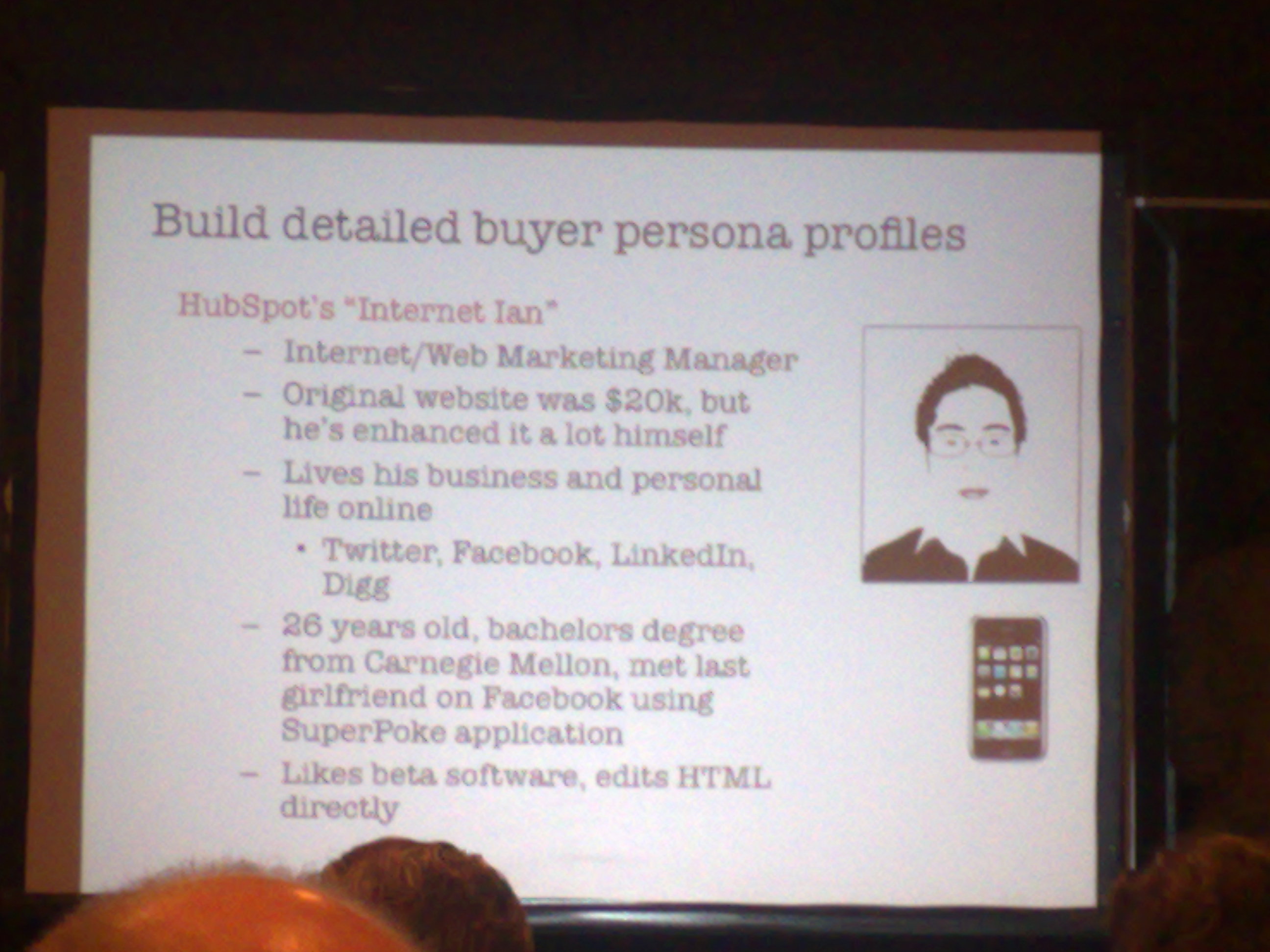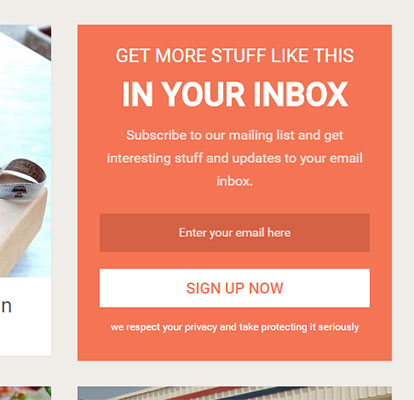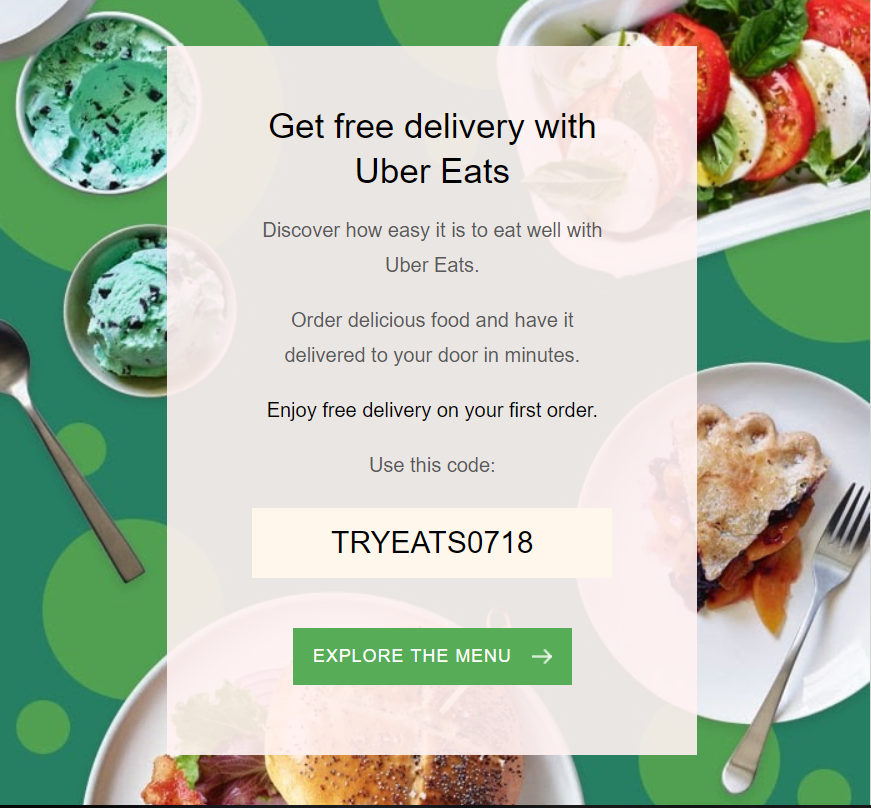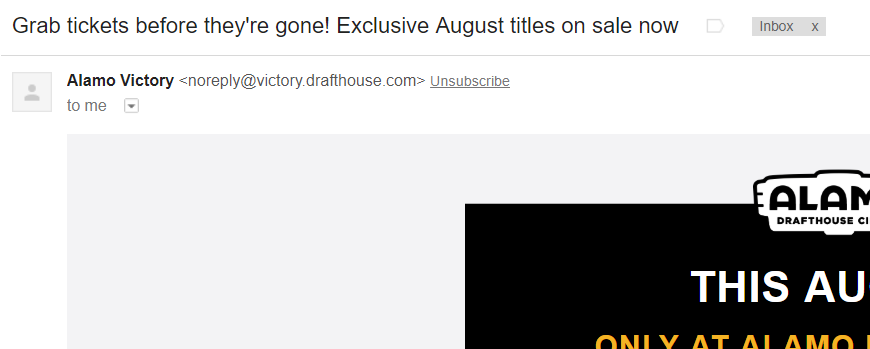Email Marketing Basics
The world of online marketing is vast and can seem overwhelming at times. Your audience is assailed by ads every waking moment they spend online - from social media, to banner ads, to pre-roll videos on YouTube. After a lifetime of this oversaturation, it's easy why many begin to just tune it all out.
That's why email marketing plays such an important role in any digital marketing campaign. Your audience is much more likely to pay attention to what's coming into their inbox rather than whatever random ads show up on their timelines. It's an opportunity to connect with your audience on a personal level, and ease them gradually into the experience of becoming a customer.
In this article, we'll explore the basics of email marketing and get you acquainted with some of the important ideas you'll need to consider when building your own campaign.
Marketing Funnel Basics
While you may have a basic idea of how email marketing works, for the sake of clarity, we'll define a few key terms that will appear in this article.
An email marketing funnel refers to how a normal, unfamiliar internet user interacts with your marketing content to eventually become a customer. Your marketing funnel is the automated chain of emails that helps make this transition as easy as possible. The first few steps should involve educating your potential customer about your product, rather than hitting them with an offer right away. They'll want to know as much about your product as possible before they pull out the checkbook. As the customer moves down the funnel you'll move from soft sales pitches ("check out our new collection!") to harder ones ("Last chance to save!").
One factor to observe in determining your success is the bounce rate of your emails. A bounce occurs when your email doesn't reach the inbox of your customer for whatever reason. Later on in this article, you'll find more information on the different types of bounces and what steps you can take to lower your bounce rate.
The success of your email marketing campaign will also be determined by how well it measures up to your key performance indicators (KPI). A KPI is a measurable valuable that shows how effective your marketing is based on specific goals you've set for your company. See below for more detailed examples of what a KPI might look like for your company.
Determine Your Goals
First thing's first - what are you hoping to gain out of your email marketing campaign? Is it a higher lead rate in general? To sell a specific product or service? To increase brand awareness by promoting a free e-book?
Determine who your core demographics are and do your research on what appeals to them. Build a buyer persona. A buyer persona is a hypothetical target customer built in order to help you or your team focus your marketing on specific types of people. Think about their defining characteristics, such as their income, age, gender, location, occupation, etc.
A buyer persona may look like this:

image courtesy: Erno Hannink - https://www.flickr.com/photos/ernohannink/4030975099
Setting goals and building this foundation of research is one of the most important steps before beginning any marketing campaign. Without a clear goal, your campaign will be unlikely go bring you the results you hoped for.
Choose What Type of Campaign You Want to Run
When it comes to what type of email marketing campaign you choose, you have a few options available:
A more focused sign up campaign functions like a normal newsletter - you periodically send out updates at a regular clip to those who have signed up for your mailing list. This approach can be effective for promoting limited-time offers or sales. The only major problem with the newsletter style is that those who sign up later are missing any earlier content you may have promoted.
A drip marketing campaign is able to address this last concern of newsletter-style campaigns. Every user who signs up for the mailing list will see the same content. They may get an introductory email first, then a few days or a week later see follow-up content. Emails can also be triggered by specific events such as a purchase. An advantage to this approach is that all your subscribers will receive the same base level knowledge of your brand, and they won't miss any of the previous content you may have promoted.
Which style you choose will depend largely on the needs of your business. If the products or services you offer change often or are heavily reliant on seasonal offers or sales, a newsletter-style will likely be more effective. If you'd like to gradually "warm up" customers that you may not have been able to engage with standard email marketing, a drip marketing campaign may be worth exploring.
Building Your Audience
Before you send out any emails, you'll need to start gathering email addresses to send them to. Your business's website should have an opt-in form for interested users looking for more information. This will usually simply be a box prompting the user to input their first name and email address. You can put these anywhere you want on your website - on the homepage, at the end of blog posts, on a separate Contact page, or anywhere else you see fit.

If you already have current subscribers from previous purchases or other interactions, you can increase your chances for further conversion with them as well, by sending them tailored content through the marketing funnel. Customers purchasing products through your website should be prompted to receive updates during the checkout process.
Handle personalization carefully. While it's true you can build trust with the customer by beginning an email with "Hello Michelle" or something of that nature, you should be aware it can also backfire on you. If the customer has mistyped their name for whatever reason, it can be jarring for them to receive an email with the subject line "Hello blakestokes". It can read more like a strange username than a personal connection. Be sure your website's opt-in page specifies first name only.
Prompting your customer to sign up for a mailing list is also an essential part of any effective landing page. There shoud be a specific reason why they would actually want to do so, and they should know exactly what they're getting into when signing up. It's important to be as transparent as possible in this regard - nobody wants to have their inbox filled with spam they don't care about. Your call to action should be specifically to sign up for this mailing list - you don't need to sell your product just yet, you just need to get interested users into your marketing funnel.
Promises of special offers, exclusive articles, and offers to try a beta of your product all make excellent reasons to sign up for a mailing list. This call to action is an essential part of generating interest. Your potential customer is likely already receiving dozens of emails from other brands and businesses - why should they let yours into their inbox as well?
Convert Your Leads Into Customers With Effective Content
Once you've got customers in your funnel, it goes without saying that the content of the emails you're sending out should be carefully considered. You want to ease the potential customer into their role. As they go further down the marketing funnel, then you can hit them with a little more aggressive sales pitches.
Here's a few things to keep in mind when you're writing emails:
- Send a welcome email. Welcome new customers to your mailing list! This will help you start out on the right foot and get them started on their journey to conversion.
- Include a call to action. Your emails should prompt the user to take some sort of next step. They should be benefit-focused and offer something concrete to the customer. These can be an offer for a free download of an e-book, or something more seasonal, like "Shop our fall collection!" or "Click to shop for holiday gifts". Check out a recent email from Ubereats:

The reason this is effective is because it includes a tangible benefit to the user for clicking through - in this case, a promo code offering a free first delivery. - Write longer subject lines. Research suggests that longer subject lines have higher click-through rates.
- Write shorter subject lines. "Wait a minute," you might be saying to yourself. "Doesn't this contradict what you just said?" The truth is, whether you write shorter or longer subject lines, either are better than average-length ones. Keep it either under 50 words or over 70. Avoid that middling length - that's where click-through engagements go to die.
- Write subject lines with urgency. For users further down your email marketing funnel, the best subject lines create a sense of scarcity. A recent email from Alamo Drafthouse prompted the user to buy a ticket before they sold out:

- Be concise with copy in the body of your email. A wall of text greeting your reader will likely result in them backing out of your email as quickly as they clicked on it. Keep it simple, punchy, and to the point.
- Link the first few words. This is where the customer's eye is drawn immediately - consider hyperlinking the first sentence of the first paragraph to a special landing page or offer.
- Format the email in an easy-to-read layout. Your content should be easily viewable on a number of platforms - mobile, desktop, or tablet. Use a one-column layout and easy-to-read fonts for maximum legibility.
- Use relevant images. Images can be a powerful tool to help your customers retain information. Invest in creating high-quality images that are relevant to your copy.
Turn Buyers Into Repeat Customers
Once your lead goes through your marketing funnel, and you've succesfully converted them into a customer, do they drop out of the bottom of the funnel and go right back to the top? Of course not!
You can use the information gathered from their purchase to send your customers tailored content that will encourage them to engage further. Moving forward, you should segment your email audience based on this information. If they keep receiving offers they're not interested in for months after their purchase, they'll be likely to simply unsubscribe from your mailing list eventually.
Your audience won't want their inbox cluttered with content that doesn't apply to them. That's why segmenting your audience and sending them offers based on what they've already purchased is essential to holding on to customers for the long term.
Take Steps to Lower Your Bounce Rate
As mentioned above, your email bounce rate is the number of emails you've sent that could not be delivered. You want to keep your bounce rate as low as possible. Understanding what causes a high bounce rate is crucial for connecting with customers.
There are two types of bounces to pay attention to: *hard bounces and soft bounces.
A hard bounce occurs when an email is rejected and permanently sent back to the sender. This may occur because the email address was deactivated, or simply because the user input a fake email for whatever reason. Unfortunately, there's not much you can do about either case.
A soft bounce refers to when an email is recognized by the recipient's server but is nevertheless returned. This could be a result of your email being too large, or because the server was down at the time. The only thing you can do when this happens is to retry a few more times before removing the user from your mailing list.
Sendgrid recommends the following practices to help you keep your bounce rate low and your mailing list up-to-date:
- Maintain list hygiene. Update your mailing list regularly, removing invalid or unresponsive emails. High bounce rates can affect your sender reputation and result in complications. If you're receiving hard bounces or blocks regularly from certain addresses, simply stop sending them emails.
- Consider implementing double opt-in. Double opt-in refers to the practice of sending a confirmation email when a user signs up for your mailing list. These will expire after a certain amount of time and help ensure the email addresses you're receiving are valid.
- Monitor email delivery. Track your email delivery rates by paying close attention to bounce rates as well as response rates.
Measure Your Success With KPI's
After you've gained an audience and your marketing campaign has had some time to work its magic, it's time to examine its effectiveness. Your KPI's should reflect what you hope to achieve with your campaign, how you plan on doing so, and demonstrate a clear plan to act on the information you gather. It's important to analyze every stage of the process and work with your team to determine what success looks like. More than anything, these KPI's should reflect a specific outcome for your campaign.
There may be hundreds of relevant KPI's you can utilize depending on your business, and there are a lot of great resources out there available for use. But for a few basic ideas to get you started on thinking how you can measure your success, check out this list of examples:
- Monthly sales growth
- Cost per lead generated
- Cost per conversion
- Product usage per day
- Cost of managing processes
- Monthly new leads
Not all of these will be relevant for your business. Determining your goals should be the first step in any good marketing campaign, and your KPI's are the concrete, measurable, numbers-based representation of these goals.
Conclusion
After reading through this article, you now have some idea of what's required to create an effective email marketing funnel. This is only a basic overview of the process, and there are many conflicting theories on what's most effective. But hopefully this will get you started thinking in the right direction, and you can build on this base level knowledge and, in time, augment it with experience.
By implementing relevant copy and images, keeping your bounce rates low, and adjusting your content as you go based on your concrete KPI goals, you'll make the transition from curious clicker to converted customer that much easier for your audience.
Resources linked above:
https://aritic.com/blog/aritic-pinpoint/customer-acquisition-drip-email-campaigns/
https://blog.aweber.com/email-marketing/create-buyer-persona-5-simple-steps.htm
https://www.adestra.com/blog/true-false-shorter-subject-lines-will-give-better-results/
https://sendgrid.com/blog/email-bounce-management/
https://www.scoro.com/blog/key-performance-indicators-examples/
Head Image courtesy of ImageCreator - http://www.imagecreator.co.uk/